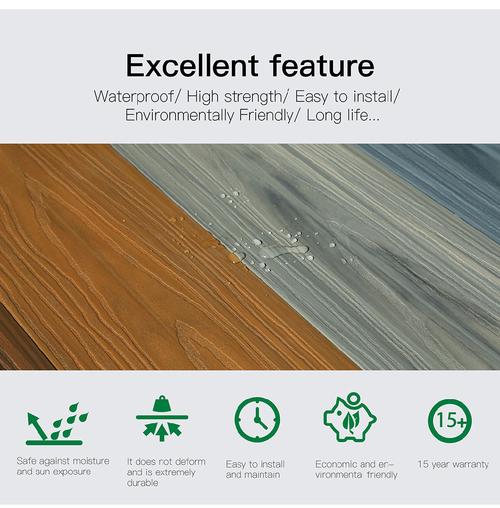Sanding a Wood Deck: A Comprehensive Guide
When it comes to maintaining the beauty and longevity of your wood deck, sanding is a crucial step. Not only does it restore the deck’s original luster, but it also prepares it for refinishing or sealing. In this detailed guide, we’ll walk you through the entire process of sanding a wood deck, from preparation to cleanup.
Understanding the Importance of Sanding
Sanding a wood deck is essential for several reasons. Firstly, it removes any old finish, dirt, or debris that may have accumulated over time. Secondly, it smooths out any rough spots, splinters, or uneven surfaces, making the deck safer and more comfortable to walk on. Lastly, it opens up the wood pores, allowing for better adhesion of new finishes or sealants.

Preparation
Before you start sanding, it’s crucial to prepare your deck properly. Here’s what you need to do:
-
Remove all furniture, plants, and decorations from the deck area.
-
Clean the deck thoroughly using a pressure washer or a bucket of soapy water. Be sure to remove any mildew or algae.
-
Check for any loose or rotten boards and replace them if necessary.
-
Let the deck dry completely before sanding.
Choosing the Right Sandpaper
Selecting the right sandpaper is crucial for a successful sanding job. Here are some factors to consider:
-
Coarse vs. Fine: Coarse sandpaper is better for removing old finishes and smoothing out rough surfaces, while fine sandpaper is ideal for achieving a smooth finish.
-
Backing Material: Sandpaper comes with different backing materials, such as paper, fabric, or synthetic. Paper sandpaper is more affordable but can tear easily, while fabric or synthetic sandpaper is more durable and flexible.
-
Grade: Sandpaper is available in various grades, such as 60, 80, 100, and 120. The lower the grade, the coarser the sandpaper. For deck sanding, a combination of 60 and 100-grit sandpaper is typically recommended.
The Sanding Process
Once you have the right sandpaper, it’s time to start sanding. Here’s a step-by-step guide:
-
Start by sanding the deck with the coarse sandpaper (60-grit) in the direction of the wood grain. This will remove any old finish and smooth out rough spots.
-
After sanding with the coarse sandpaper, switch to the fine sandpaper (100-grit) and sand the deck again in the direction of the wood grain. This will create a smooth, even surface.
-
Inspect the deck for any missed spots or areas that require additional sanding. Pay special attention to corners, edges, and around fasteners.
-
Once the entire deck is sanded, use a damp cloth to wipe away any dust or debris.
Finishing Touches
After sanding, your deck is ready for refinishing or sealing. Here are some additional tips:
-
Choose a high-quality deck finish or sealant that is suitable for your wood type and climate.
-
Apply the finish or sealant according to the manufacturer’s instructions.
-
Allow the finish or sealant to dry completely before using the deck.
Table: Sandpaper Comparison
| Grade | Coarse Sandpaper (60-grit) | Medium Sandpaper (80-grit) | Fine Sandpaper (100-grit) |
|---|---|---|---|
| Coarseness | Coarse | Medium | Fine |
| Use Case | Removing old finish, smoothing rough spots | Sm
Website: https://skbestpumpsandmotors.com You May Have Like |










